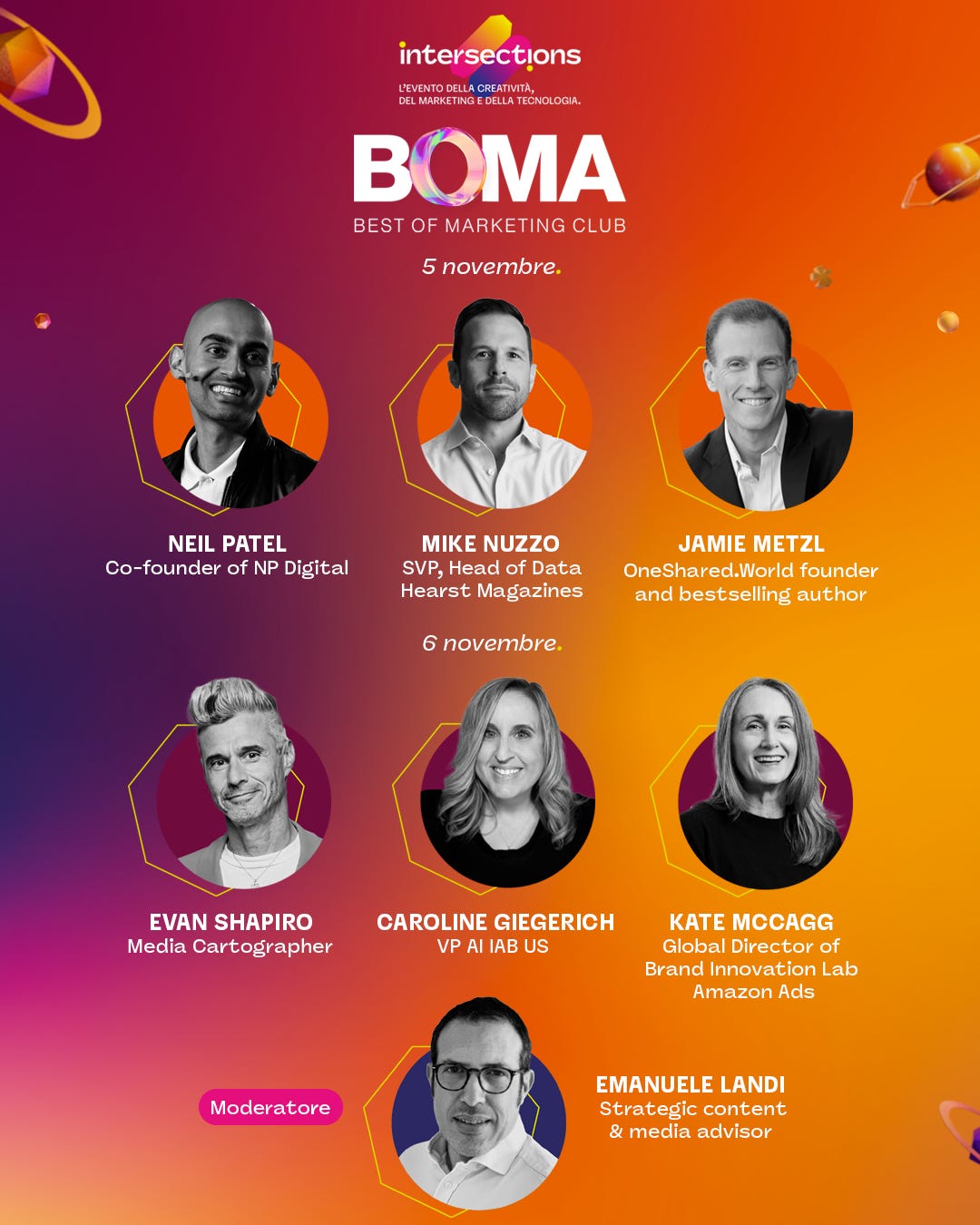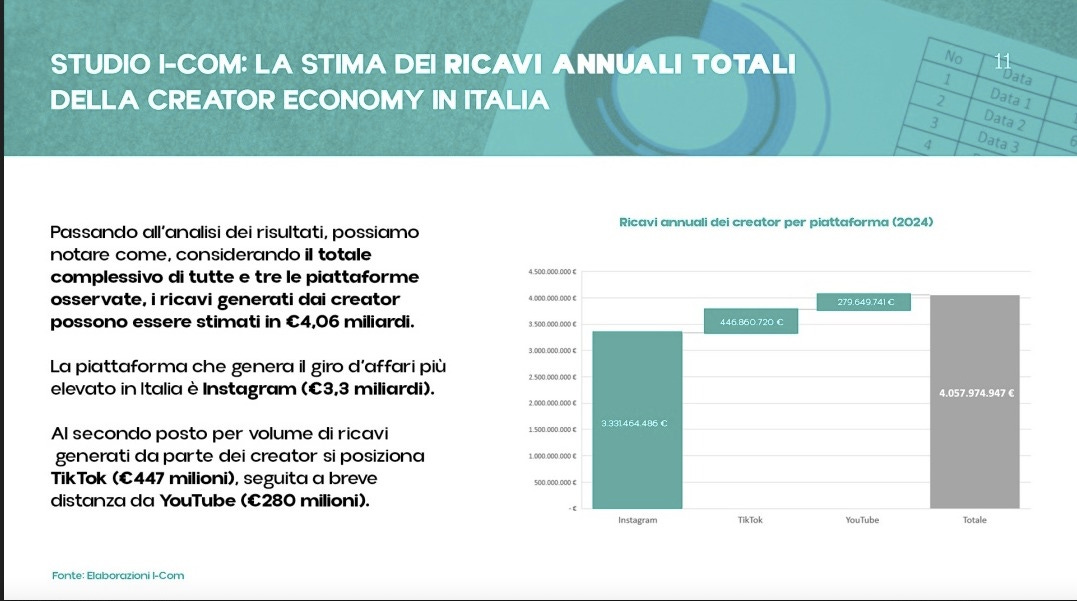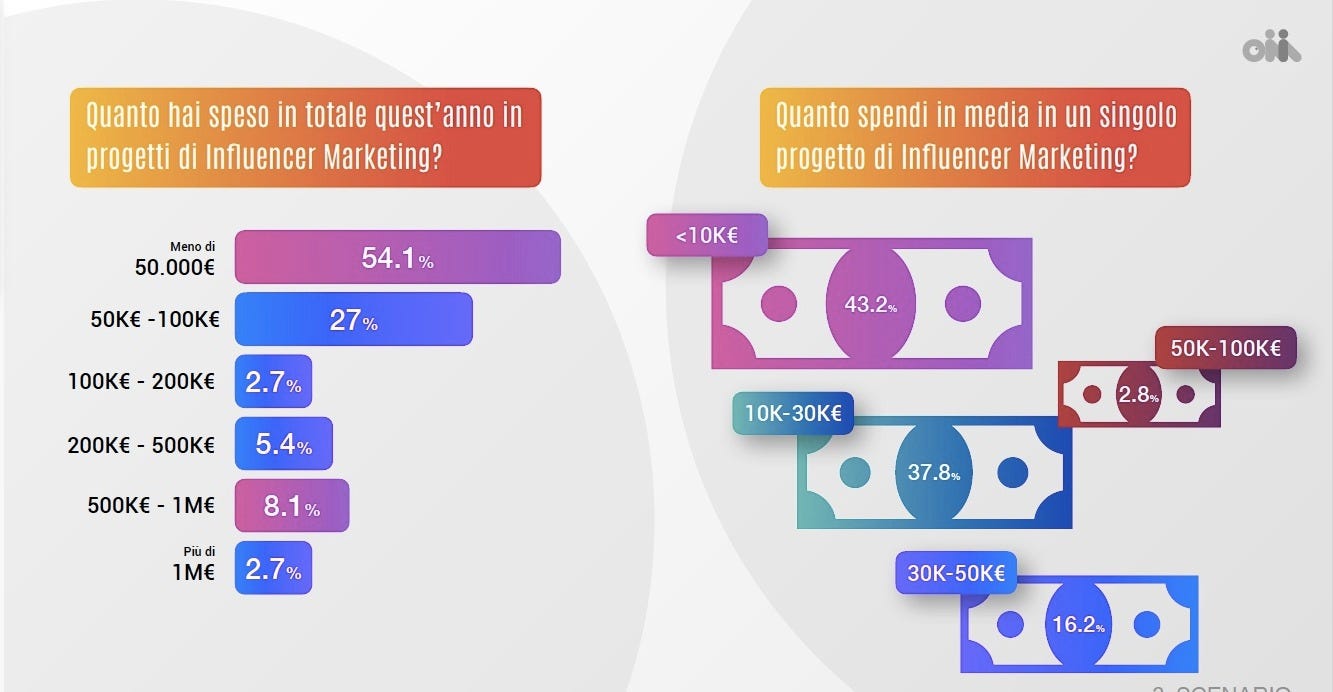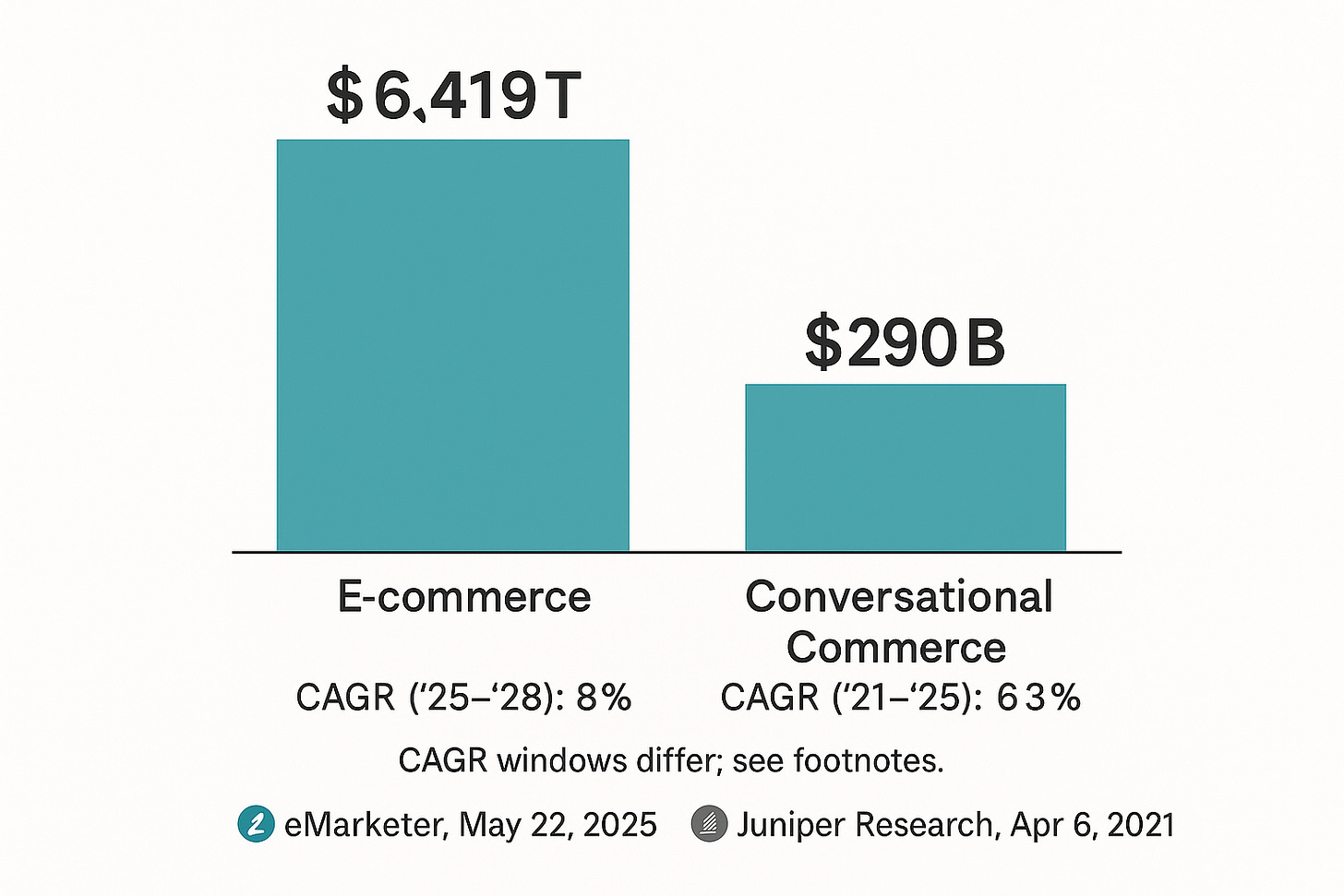WELCOME TO THE CONVERSATION ECONOMY
how conversation and intimacy of AI chatbot is upsetting the whole system of transactional relationships between products and people.
On November 5th and 6th I had the honor of moderating the international BOMA (Best of Marketing Club) panels at Intersections, the largest event in Italy dedicated to media, marketing, and advertising—created by the union of four major industry associations: UNA, UPA, IAB, and ADCI.
Unity makes strength—it sounds obvious, but it’s not. Overcoming individualism is extremely difficult in a country like ours, yet Intersections stands as a powerful example of converging interests in a market that is rapidly changing toward massive disintermediation. It has never been easier to create acceptable content without a middleman, and the cost–opportunity ratio is forcing industry players not just to chase trends but to re-engineer and even reinvent themselves.
Losing control
From my conversations with international guests and the presentations I attended, one feeling clearly emerged: control is not the way forward.
As futurist Jamie Metzl says, the arrival of artificial intelligence in every human process is comparable to the invention of electricity. We are facing a cognitive revolution on a planetary scale, not just an operational one. That’s the bias we must erase.
AI is not a simple automation tool—it’s an accelerator of knowledge convergence that amplifies our intelligence and the value of our efforts. What does this mean for those who work in media and the business of attention? Two things:
We’ll have more time. And more time means we can dedicate it to something meaningful.
We’ll become more powerful. A good idea is worth a hundred when it’s not wasted and properly executed.
And since a good idea also needs to be communicated and told well, a whole new space opens up for those who know how to tell a story—of a product, a service, a brand.
(Example of convergence: Jamie and I juggling at the Colosseum. Thanks to Grok.)
The creator economy is reshaping advertising
A few years ago, brands wanted to look authentic. Today, they must be authentic—but that raises the question: if I need to make a profit, how can I relinquish control of my message and allow others to shape how I’m perceived?
Social media initially democratized the marketing funnel. The paying advertiser used to control the customer journey all the way to purchase—but that ended with e-commerce and social platforms, when a customer could simply comment, “this product sucks.” Panic ensued.
Then social media became the new television, with endless scrolling through short videos flooded by ads chasing vanity metrics and dubious engagement inflated by bots and fake accounts.
The Italian market
According to a 2024 I-Com report for AICDC, Italy’s creator economy is worth €4 billion, of which €3.3 billion comes from Instagram alone.
These are staggering numbers compared to traditional advertising—and they call for serious, not superficial, reflection.
A new habit—or a shortcut?
One statistic struck me: according to ONIM 2024, 70% of brand objectives in influencer marketing (which today includes both creators and influencers) are focused on awareness.
That means brands are using this formula exactly like they once used TV. The painful truth is that budgets for massive campaigns—with big shoots and expensive media planning—no longer exist, except for major multinationals.
Paying a good (not necessarily famous) influencer can deliver acceptable results, especially when we spend nearly three hours a day on our phones.
But the real question is:
Are creators replacing the “expensive TV spot”?
Or—bigger question—does the TV spot still matter at all?
Could a simple, genuine conversation with a creator be enough?
From reach to relationship
Evan Shapiro’s Creator Map paints a clear picture: engagement now matters more than follower count.
So why are 70% of Italian marketers using creators only for awareness?
And how does the 51% who use them to drive sales actually do it?
From the campaigns I’ve seen, many still rely on old-school call-to-action advertising logic—attention peaks and celebrity endorsement.
Even among award-winning TikTok campaigns, creativity is strong and the medium is understood, but brands still think in “campaign mode” rather than “conversation mode.”
True transformation happens when a credible brand converses with its community, building trust without intermediation.
The same ONIM study highlights another truth: when a creator becomes a replaceable spokesperson—driven only by quick earnings—their trust value collapses.
AI is pushing us toward trust-based conversations.
We no longer want to be sold to—we want to be engaged.
And it’s fandom, not advertising, that drives conversion.
My journey from manager to creator
My stage at Intersections wasn’t granted by the corporate title I once wore with pride—it came from my personal brand.
The power of content and the democratization of tools have allowed me, in just a few months, to build a small but growing community that listens, reads, and contributes.
I’ve given up control, found focus, and started building a tribe around shared interests.
As Neil Patel, Caroline Giegerich, and Evan Shapiro remind us, conversation is the future of media.
The redistribution of attention is underway.
In the past, being a brand required massive resources and media reach. Today, that world is fading.
The giants still dominate, yes—but platforms like Substack, which grew from 1 million to 5 million users in four years, show that value is shifting toward meaningful content ecosystems.
Big Brother and the future of legacy media
A few years ago we feared “Big Brother.” The Truman Show portrayed a nightmare world where a human being lived inside a scripted community built for advertising profit.
Back then, the great publishers mediated the flow of content, and we assumed their power would only grow. Instead, social networks flipped the script.
In my conversation with Michael Nuzzo, we explored the role of legacy media today.
A key insight emerged: AI giants will have to negotiate with human creators, because true engagement comes from real experiences, not synthetic ones.
We discussed the cultural role of content producers and traditional publishers—the immense heritage of experience, culture, and perspective they’ve accumulated over decades.
This remains a competitive advantage over new creators, who may move fast but often lack depth and historical literacy.
The challenge is not to defend old territories but to go where the audience is—and lead the creator economy.
The Conversation Economy
The defensive walls we once raised against the word “advertising” fall away when we ask ChatGPT for product advice.
How will our next conversation with a virtual creator or AI food expert look?
That expert could very well be us.
Welcome to the Conversation Economy.
The future contract of sale—of products or services—will be built on trust generated by conversation.
It’s the engineering of word-of-mouth: a trust market where the old “spray & hope” model of advertising becomes “fill & convert.”
Brands must undergo a Copernican revolution—from volume-driven simplification to AI-infused personalization, improving customer experience and efficiency alike.
But this also raises a question:
Will AI create a deeper divide between rich and poor experiences?
Will those who can afford “premium conversations” access better products or services?
From my talks with Neil Patel, Jamie Metzl, and Caroline Giegerich, it’s clear this shift will profoundly impact not just how we buy, but how we promote and trust brands.
One shocking data point: the collapse in visits to corporate websites.
Without a radical rethink of how content is created, structured, and verified, brands risk becoming irrelevant to AI systems that now mediate discovery.
People are starting to trust their AI chatbots as reliable advisors—a trust bond replacing traditional brand awareness.
If this isn’t a bubble but a structural trend, we’re witnessing the birth of a new economy.
Technology and creativity
In my conversation with Kate McCagg, during an informal roundtable of brilliant women in communication, we retraced an entire career path.
She spoke of her early days as a secretary driven by passion in New York’s top agencies, and how what she called her “unconscious ignorance” helped her bring creative culture to Amazon, shaping the success of Amazon Lab.
It reinforced how personal brand impact matters even within organizations.
Together we celebrated the power of “no”—not as rejection, but as refinement: a chance to rethink, reinvent, and find a better path.
That idea resonated deeply with me.
A detour off the main road can be painful, but it’s often the fuel for reinvention—the most uncomfortable “no” can become the greatest resource for progress.
see you soon and thanks for following this newsletter







